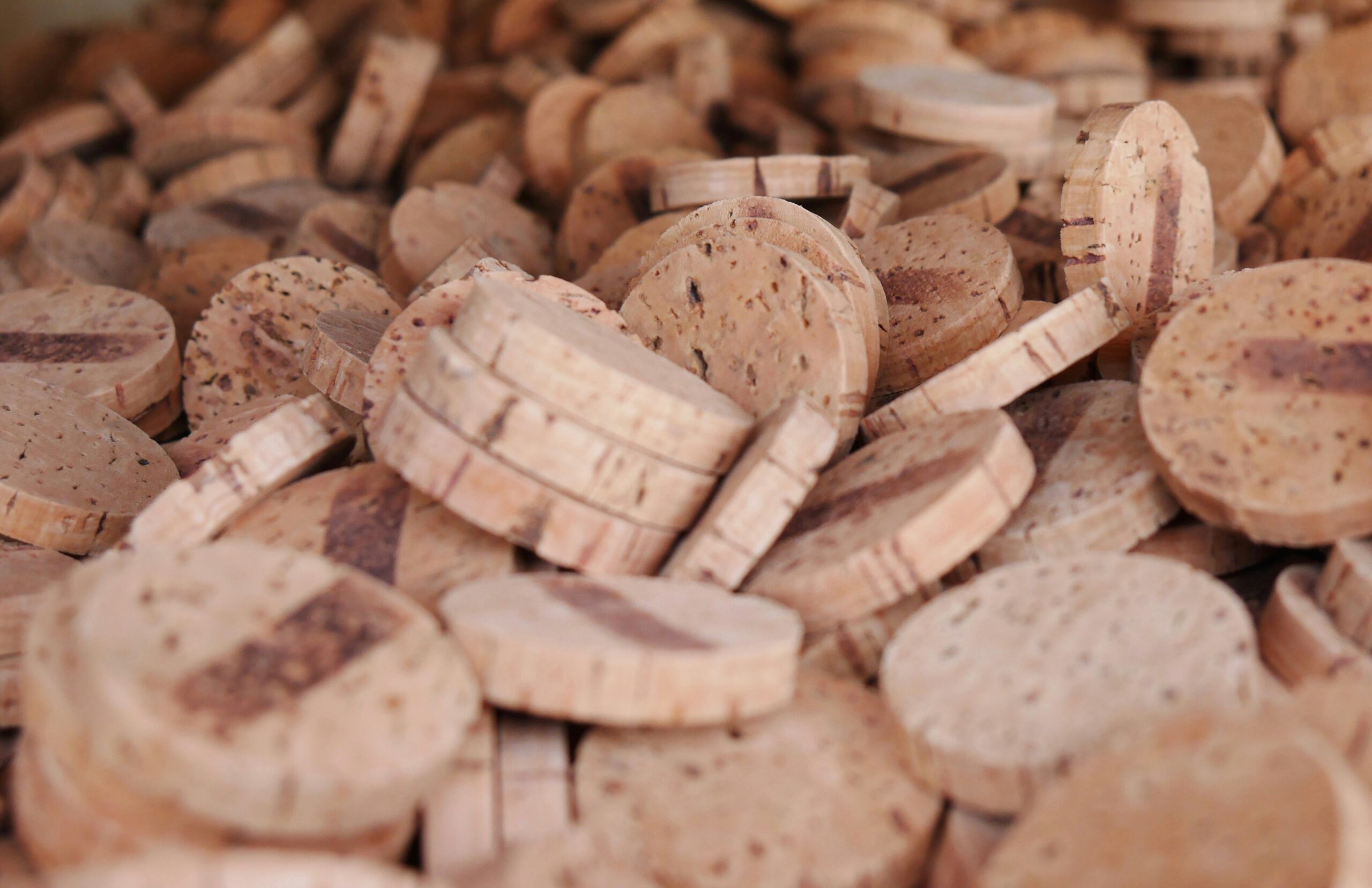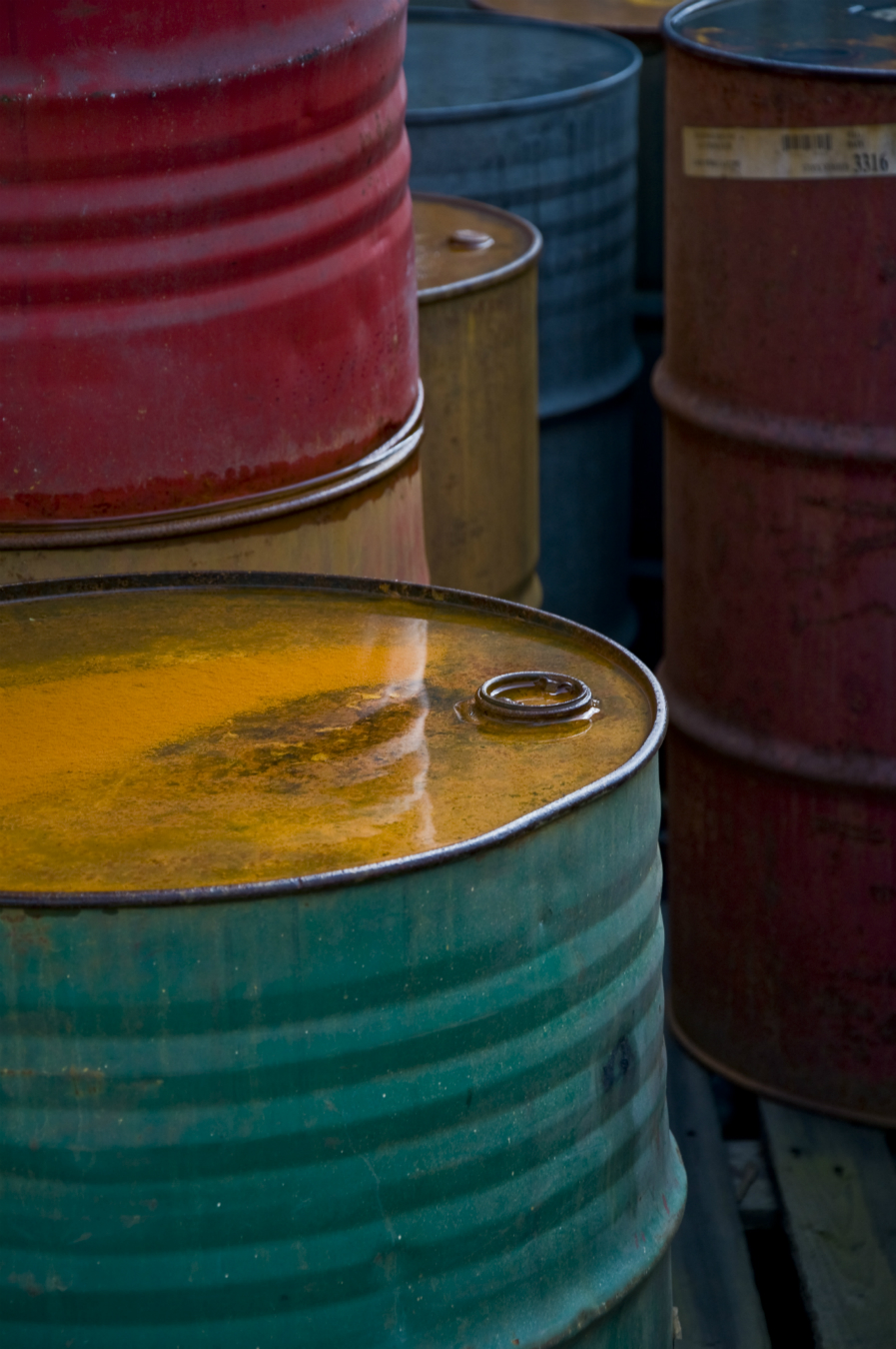One of the World’s Most Sustainable Materials May Break Our Addiction to Everything Unsustainable
Put a cork in it.

You, dear reader, have a problem with plastics. If you’re anything like the average Canadian, you throw out more than 75 kilograms of it every year. Most of that will end up in landfills, oceans, and waterways. And even the little you do recycle might not always be sorted, cleaned, and processed effectively enough to be used again. All of which is to say that we, along with the rest of the developed world, need to find some kind of replacement for plastics lest the planet die from our addiction.
One solution might be in the centuries-old Portuguese montados, the series of managed forest ecosystems that cover about 11 per cent of the country. Numbering over a million hectares, these are the lands that produce half of the world’s cork—a material humans have been using for over 5,000 years, and one that may just help us kick our plastic habit.
Long-known for its use with your favourite pinots and cabernets, cork is now used for everything from home insulation to shoes to floor tiles to engine gaskets to, in at least one instance, postage stamps. In doing so, cork is displacing petrochemical-derived plastics with a resource that renews itself every nine years or so, when the bark grows thick enough to be harvested once again. Over the typical 200-year lifespan of a sobreiro (cork oak), the tree will absorb so much planet-warming carbon dioxide (about 73 tonnes for every tonne of cork produced) that cork is one of a handful of products that are carbon negative, soaking up more carbon than is used in its production.
Now a group of imaginative engineers at Porto-based Amorim Cork Composites is blending waste cork with thermoplastics to create an entirely new family of compounds that are lighter, more insulating, and more environmentally friendly than typical polymers, yet more shapable and mouldable than cork by itself. So far, the cork-plastic combo is being used to make car interiors, antivibration linings for wind turbine blades, and insulation for NASA’s Space Launch System and the European Space Agency spaceships.
And this may be the best part of the idea. As much as we may wish to, we’re not going to kick our addiction to plastic—or to other environmentally harmful commodities—overnight. Instead of trying to go cold turkey, perhaps the best we can do is wean ourselves off polymers by embracing a blend of old tech and new, biology and chemistry, green and not-so-green. In this way, putting a cork in every piece of plastic may be reason to pop a bottle in celebration.




